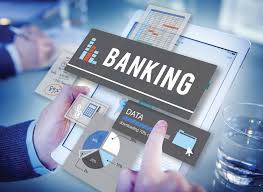 It has been reported that banks are potentially going to lose $280 billion to Fintech and payment start-ups by 2025.
It has been reported that banks are potentially going to lose $280 billion to Fintech and payment start-ups by 2025.McKinsey estimates that the global payments market is set to exceed $2 trillion by 2020. We have seen several challenger banks grow incredibly fast in the UK, with firms like Monzo and OakNorth. OakNorth has seen its income grow from £77 million to £177.6 million in just 12 months: a year-on-year growth of 268%, according to Innovative Finance.
More institutions are starting to offer digital versions of their existing assets (equities, bonds, property, mutual funds etc) not to raise capital, but to program-in compliance and regulatory controls, thus making their products and services more relevant to younger clients who are looking to buy and sell on mobile devices (not via broker deals and IFAs). However, to date, the choice of banks catering for organisations in the Digital Asset space is limited, but here are some banks involved in this growing market: Arab bank (Switzerland), Silvergate, Simple and Ally (USA), Frick (Lichtenstein), Monaize, Clearbank and DAG Global (UK) and Bitwala (Germany).
In its recent report, Does Digital leadership in Banking matter?, Accenture found that in a study of 160 banks, 50% of banks were still not that ‘digitally engaged’:
- the more digitally mature a bank is, the higher the market valuation is, these higher market valuations are justified by better operating economics, and the gap is widening.
- the digital banks are more efficient, have lower costs as a % of revenue.
- effective digitisation appears to be associated with a business model where the balance sheet is a crucial driver of income growth.
It would appear that, by going digital, banks can achieve better rating and stock market valuations, and have a range of products and services which are going to be more relevant for our increasingly digital economy.



